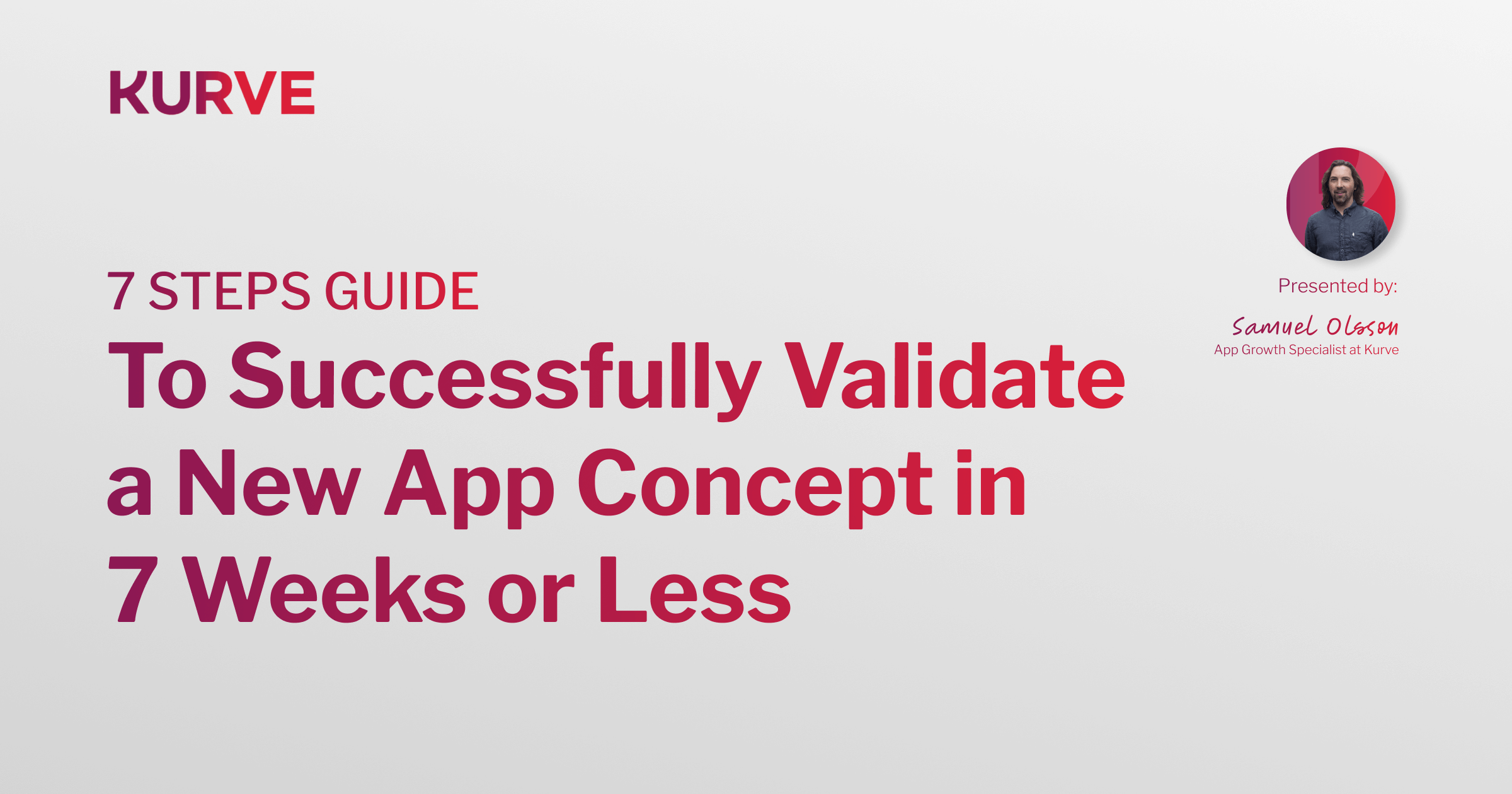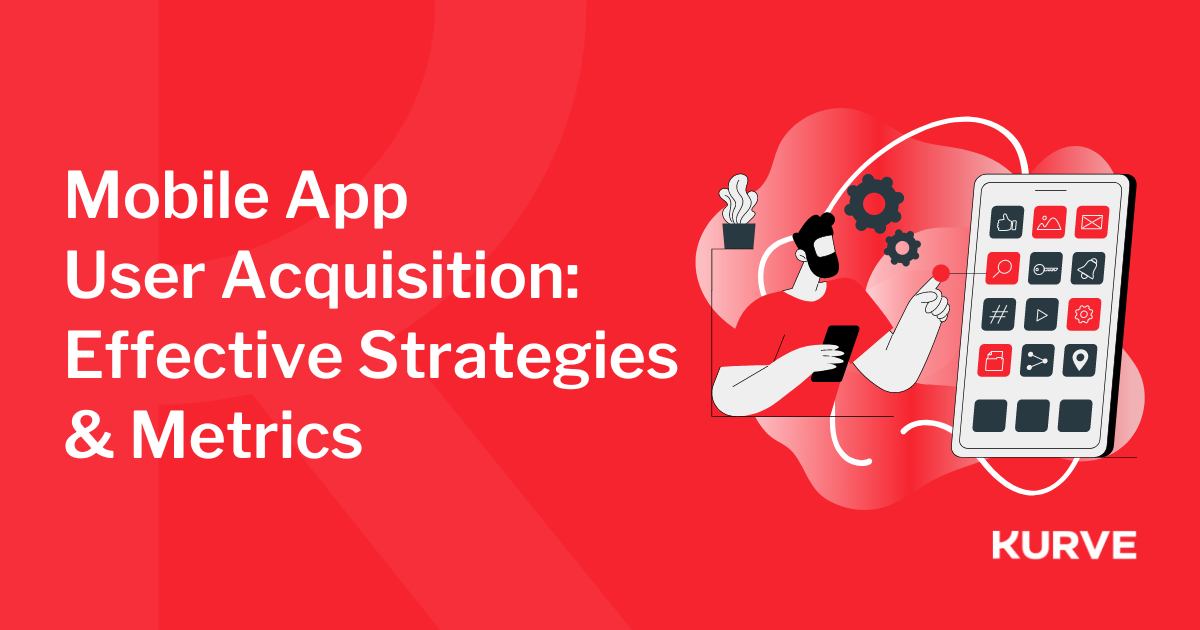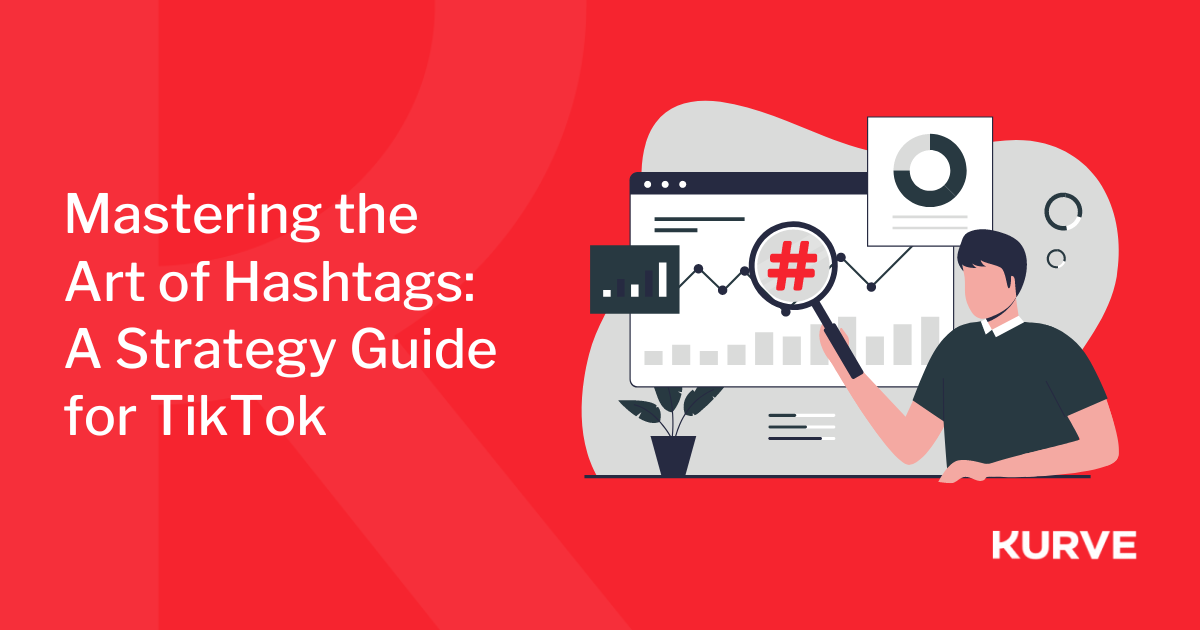What is Product Positioning? Strategies & Examples for 2023
In today's hyper-competitive SaaS market, setting your product apart from the competition is crucial for success.
One powerful way to achieve this is through product positioning, a strategy highlighting the unique value your offering brings to the market. As a leading marketing agency, we at Kurve have helped numerous businesses improve their product positioning and refine their messaging to resonate with their target audience.
In this article, we'll explore the concept of product positioning, its importance, various types, and examples to inspire your 2023 strategies.
To learn more about how Kurve can assist with your product positioning, check out our positioning and messaging services.
What is Product Positioning?
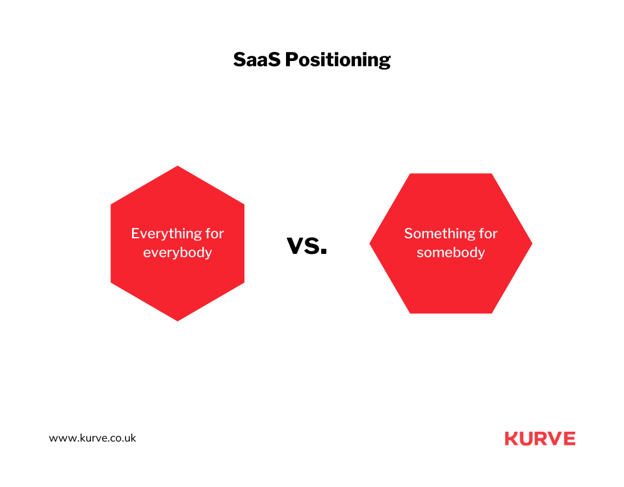
Product positioning is a strategic marketing approach that involves defining and communicating the unique value proposition of a product or service to the target market. This process is crucial in creating a distinct image, brand identity and perception in the minds of potential customers, allowing your product to stand out and gain a competitive advantage.
In the SaaS industry, customers are overwhelmed with options, making it challenging to differentiate between offerings.
By crafting a clear and compelling positioning message, you help customers understand your software's specific benefits and features, guiding them toward choosing your solution over others.
Product positioning goes beyond simply stating the features of your software; it focuses on showcasing the unique aspects and advantages that make your product the best choice for your target audience. This includes highlighting the problems your software solves, the preferences and pain points of your target customers it solves, and the exceptional value it offers compared to competing solutions.
Why is product positioning important?
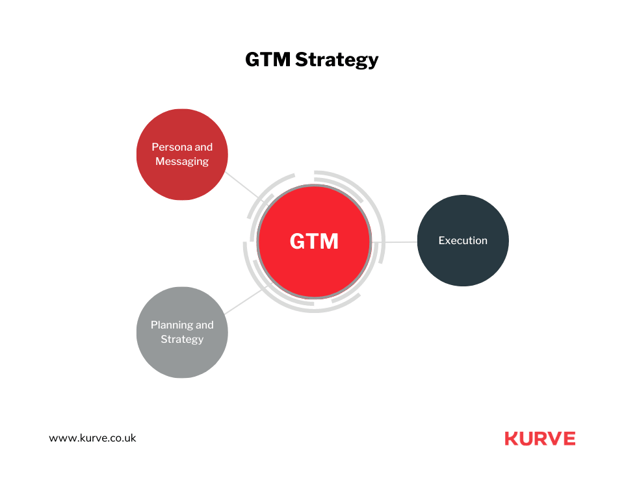
Differentiation in a competitive market
With countless SaaS products on the market, it's essential to differentiate your product to capture the attention of potential customers. Product positioning helps achieve this by showcasing your product's unique value proposition.
Clear communication of benefits
Product positioning simplifies your message, making it easier for customers to understand the benefits of using your product. This clarity in communication can lead to higher conversion rates, customer retention, and increased customer satisfaction.
Guiding marketing strategies
Understanding your product's positioning helps shape marketing strategies and tactics that resonate with your target audience. It serves as a foundation for all marketing activities, ensuring consistency and alignment with your brand's message.
What are the types of product positioning?
Product positioning refers to the way a product is positioned in the minds of consumers relative to its competitors.

Value-based positioning
Value-based positioning focuses on the price-to-performance ratio of your product, emphasizing the value it offers customers. This approach is ideal for SaaS companies providing solutions with competitive pricing and outstanding benefits.
To implement value-based positioning, you must deeply understand your product's features, capabilities, and the overall return on investment (ROI) that customers can expect.
When crafting your value-based positioning message, highlight how your product delivers superior performance compared to competitors while offering a more attractive pricing structure.
Discuss the cost savings, increased productivity, and efficient use of resources made possible by your product. By positioning your offering as the best value choice in the market, potential customers are more likely to consider it over competing solutions with higher price tags or inferior features.
Benefit positioning
Benefit positioning centers on the primary advantages your product or service provides, showcasing how it addresses specific customer pain points. This approach requires an in-depth understanding of your target audience's needs and preferences and a thorough analysis of your product's unique selling points.
To implement benefit positioning, identify the most important benefits your product delivers, and emphasize these advantages in your messaging. Clearly articulate how your product addresses customer pain points and demonstrate your commitment to helping them achieve their goals.
Problem-solution positioning
Problem-solution positioning involves presenting your product as the answer to a pressing customer issue. This approach is particularly effective for innovative SaaS products that address new or previously unmet needs. To succeed with problem-solution positioning, you must understand your customer's challenges and how your product alleviates those issues.
Start by identifying the specific problem your product solves and detail the unique solution it offers. Next, describe the impact of the problem on your target audience and illustrate how your product eliminates or mitigates that impact.
By positioning your offering as a tailored solution to a pressing problem, you can establish a strong connection with your audience and demonstrate the value of your product.
Competitor-based positioning
Competitor-based positioning involves positioning your product in direct contrast to competitors, highlighting the unique features or benefits that set it apart. This approach is useful when your product offers advantages that are not available from other market players or when you aim to disrupt established norms within your industry.
To deploy competitor-based positioning, analyze your competition and identify their strengths and weaknesses. Then, focus on the aspects of your product that differentiate it from similar offerings in the market.
Clearly communicate these differences in your marketing messaging, emphasizing the unique aspects that make your product's unique selling proposition stand out. By contrasting your product with competitors, you can create a strong and memorable positioning that appeals to potential customers seeking an alternative or superior solution.
7 Steps to Position Your Product Right
Positioning your SaaS product involves a structured approach to ensure that you craft a message that resonates with your target audience. Here are seven steps to help guide your positioning process:
Step 1 - The Customer
Positioning starts with the customer at the center. It is essential to thoroughly understand your target customer, as they are the ones you aim to guide from point A to point B. Defining your customer and identifying their needs, preferences, and pain points are vital steps in creating a positioning and marketing strategy that resonates with them.
To gain insights into your target audience, conduct market research and gather information about their demographics, psychographic, and purchasing behavior. Analyze trends, common pain points, and preferences to tailor your product positioning to your audience's specific needs. Remember, your product positioning strategy will only be effective if it connects with the people you aim to serve.
Step 2 - The Transformation
Your SaaS product is designed to help customers solve a specific issue. To ensure your product positioning is effective, clearly define the transformation it enables. This could involve saving time or money, streamlining a process, or improving overall efficiency. Consider the worst-case scenario if potential customers don't use your product – what do they stand to lose?
Be clear about the tangible and intangible benefits your product provides and any potential risks or drawbacks customers might face without it. By accurately describing the transformation, you can create a compelling narrative that connects with your audience on a deeper level, making it easier for them to envision the positive impact your product will have on their lives.
Step 3 - The Challenge
Identify the challenges that are currently stopping your customers from solving their issues. These challenges may include a lack of resources, inadequate solutions, or complex processes that impede progress. Discuss how your product can help overcome these obstacles and why it's the best option for your target audience.
Addressing these challenges head-on will help build trust with potential customers and demonstrate your understanding of their needs. By showing empathy and offering a solution that directly tackles their specific problems, you make your product more attractive to them.
This approach not only strengthens your product positioning but also sets the foundation for long-term customer relationships built on trust and a shared commitment to overcoming challenges.
Step 4 - The Problem
Your customers face a problem, and your goal is to ensure their success by helping them overcome it. To do this effectively, you must clearly understand the specific problem your customers are experiencing. Gaining this clarity involves conducting thorough research, engaging with your target audience, and empathizing with their struggles.
Dig deep into the issue, uncovering its root causes, symptoms, and impact on your target customers. Explore the various facets of the problem, including how it affects different customer segments and the potential consequences if it remains unsolved. Analyze the challenges your customers face as they try to tackle the problem themselves or with existing solutions.
Developing a clear understanding of this component is essential for creating a strong product positioning message that resonates with your customers. By focusing on the problem, you can build trust with potential customers, showcase your genuine concern for their needs, and ultimately drive customer success.
Step 5 - The Promise
Your product positioning should include a promise to the customer, which can take the form of a guarantee of results, an assurance of quality, or a pledge to provide exceptional support. The promise is a commitment your customers can rely on, establishing trust and credibility.
When crafting your promise, consider its emotional impact on your customers. Think about the relief, satisfaction, or confidence they will feel when your product delivers on its promise. Your messaging should evoke these emotions, creating a strong emotional connection with your audience and fostering trust and loyalty.
Step 6 - The Solver
Your SaaS product is the key to solving your customers' problems, and your product positioning should emphasize its unique capabilities to address their needs. Focus on the factors that make your product particularly suited to tackle the issues at hand, such as its innovative approach, its deep understanding of customer pain points, or its adaptability to various situations.
Communicate your company's mission and values, emphasizing your commitment to helping customers succeed. Share stories or testimonials that showcase the positive impact your product has had on customers, demonstrating its effectiveness as a problem solver.
By positioning your product as the ultimate solver, you can convince potential customers that choosing your solution is the best decision they can make. This approach establishes your product as the go-to option for addressing their specific challenges, setting the stage for long-term customer relationships built on trust and proven results.
Step 7 - Bringing it together
Now that you have all the essential elements of your product positioning, it's time to bring everything together.
Craft a cohesive message that weaves together the customer, transformation, challenge, problem, promise, and solver. This unified messaging will form the basis of your marketing copy, advertisements, and overall brand communication.
Consistency is key, so ensure that all your marketing activities align with your product positioning to create a strong and lasting impression on your target audience.
4 Examples of Product Positioning
- Coconut
Coconut's goal is to make self-employment easier with a transformative accounting and tax app. However, they were having trouble with positioning at first. And they hired Kurve to help Coconut understand its customers' unique challenges, communicate resonant messaging, and enhance its visibility as a specialist in accounting and tax products for the self-employed. Coconut then built out a messaging framework that extended to all its value proposition pillars. Coconut stood out as a business through its cooperation with Kurve, connect with ideal customers and positioned its brand for success - Slack
Slack's product positioning focused on seamless team collaboration and real-time messaging. It set itself apart from traditional email services, which were slower and less collaboration-friendly.
Slack highlighted its intuitive interface, integrations with popular tools and the ability to create channels for specific projects or teams. This approach is an example of problem-solution positioning, as Slack identified the communication challenges faced by teams and provided a solution that improved their productivity and efficiency.
- Asana
Asana positioned itself as a simplified project management and team collaboration tool. The platform's emphasis on ease of use and intuitive design stood out in the crowded project management space, which was often seen as complex and difficult to navigate.
Asana highlighted its ability to track tasks, set deadlines and organize projects, making it easier for teams to stay on top of their work. This approach is an example of benefit positioning, as Asana identified the benefits of simplifying project management and highlighted these advantages in its messaging.
- Notion
Notion positioned itself as the all-in-one workspace, highlighting its versatility and adaptability to meet a wide range of productivity needs. Notion's unique approach allowed users to create custom solutions for note-taking, project management and other productivity needs. The platform also emphasized its easy-to-use interface and seamless collaboration features.
This approach is an example of value-based positioning, as Notion identified its value proposition as being an all-in-one solution that could meet a wide range of productivity needs.
- Zoom
Zoom positioned itself as a reliable, high-quality video conferencing solution that could meet the needs of businesses seeking dependable remote communication solutions. Their focus on reliability, ease of use, and clear audio and video quality set it apart from other video conferencing tools, which often suffered from connectivity and quality issues.
This approach is an example of competitor-based positioning, as Zoom identified the weaknesses of other video conferencing tools and positioned itself as a superior solution that addressed these challenges.
Conclusion
Product positioning plays a critical role in differentiating your SaaS product in the competitive market, communicating its benefits, and guiding your marketing strategies.
By understanding the various types of product positioning and learning from successful examples, you can craft a compelling and unique message.
To learn more about how Kurve can assist with your product positioning, check out our positioning and messaging services.
